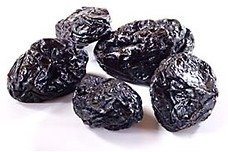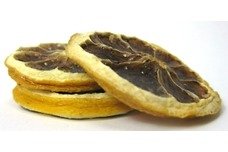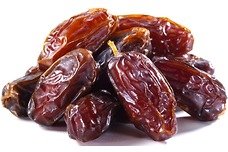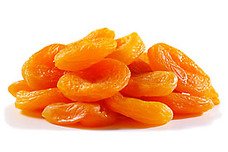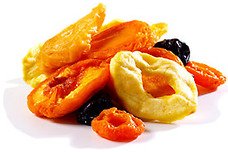TROPICAL DRIED FRUITS
- Mango Dried (Slice, Diced).
- Papaya Dried (Spears, Diced, Chunks)
- Pineapple Dried (Tidbits, Rings, Diced)
- Cantaloupe Dried (Slices)
- Kiwi Dried (Slices)
- Ginger Dried (Slices)
- Strawberries
- Packaging: 44lbs Bulk Carton
- Origin: Thailand
The basic quality requirements for dried tropical fruit are:
- Fruit free from insects, mould, damages and blemishes.
- Moisture content: this varies among the different types of dried tropical fruit. Generally, for natural dried fruit without added preservatives or sugars, the moisture content must be lower than for fruit with added preservatives or sugar. For natural dried mangoes, the maximum moisture content is 15% and for pineapples 20%. For dried mangoes treated with preservatives the maximum moisture content is 20% and for treated pineapples 44%.
- Food additives: some types of food additives are allowed in the production of dried tropical fruit. Additives used in production of dried tropical fruit include sodium chloride and calcium chloride to protect from moisture increase, sulphur dioxide to prevent rotting and colour change, and citric acid as antioxidant to prevent colour change. Sugar or fruit juice are also allowed and often used in the production of dried candied tropical fruit infused with sweeteners.
- Quality classification: Although European legislation does not define classification of dried tropical fruit concerning allowed defects, suppliers usually use three classes: Extra, Class I and Class II. This classification determines the percentage of defective products by number or weight.



